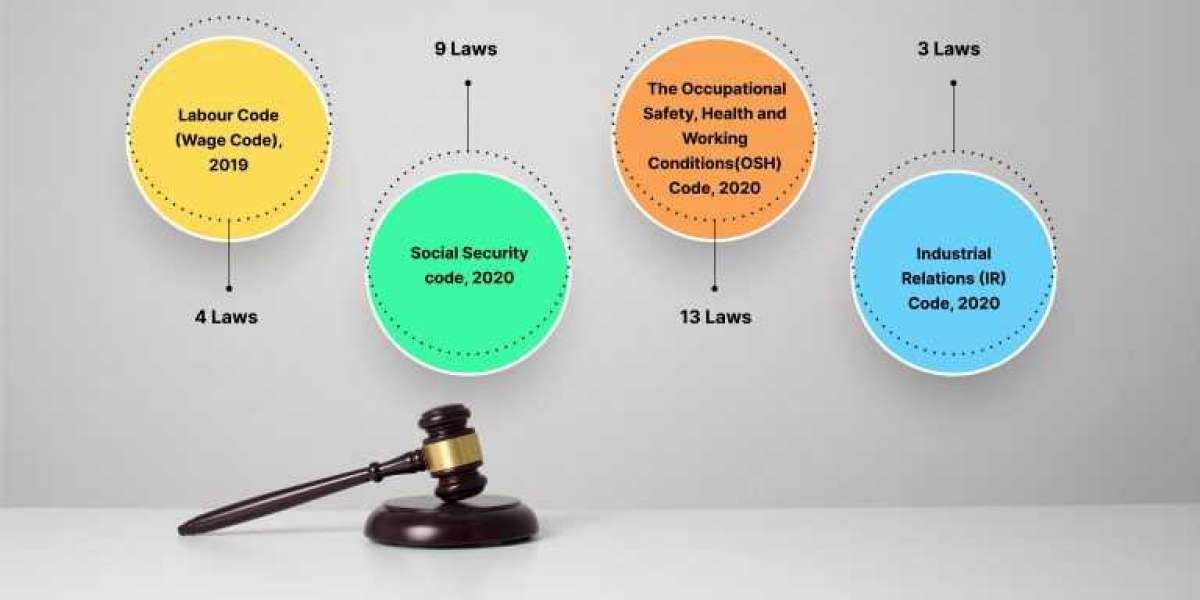The term "labour coded in India" refers to a significant transformation in the country’s labor laws. Over the past few years, the Indian government has taken steps to simplify, modernize, and consolidate the complex framework of labor regulations that previously governed employment practices across industries. These efforts have resulted in four comprehensive labor codes aimed at making compliance easier for employers while safeguarding workers’ rights.
Previously, India had over 40 central labor laws, many of which were outdated and overlapping. This made it difficult for businesses—especially small and medium enterprises (SMEs)—to remain compliant, while workers often found it hard to access their rights. The new initiative, widely referred to as "labour coded in India," seeks to address these challenges.
The Four Labour Codes
- Code on Wages, 2019:
This code merges laws related to the payment of wages, minimum wages, bonus, and equal remuneration. It ensures a uniform definition of wages and aims to provide timely payments and fair wages across all sectors. - Industrial Relations Code, 2020:
This code simplifies laws regarding trade unions, strikes, layoffs, and dispute resolution. It attempts to create a balance between workers’ rights to unionize and protest, and employers’ needs for operational flexibility. - Occupational Safety, Health and Working Conditions Code, 2020:
This unifies laws related to working conditions, safety standards, and health requirements in factories, mines, and other establishments. The aim is to enhance the workplace environment, especially in high-risk industries. - Code on Social Security, 2020:
This code merges laws concerning social welfare schemes like EPF, ESI, maternity benefits, and gratuity. It also extends social security benefits to gig workers and platform-based workers, reflecting the changes in the modern employment landscape.
Key Benefits of Labour Coded in India
The move toward labour coded in India is expected to benefit both employers and employees:
- Ease of Compliance: One registration, one license, and one return system make it easier for businesses to comply with regulations.
- Worker Protection: More inclusive coverage ensures that unorganized, gig, and migrant workers are not left out.
- Uniformity: A single definition of wages across all laws reduces confusion and potential disputes.
- Digital Integration: The use of digital platforms for compliance and record-keeping increases transparency.
Challenges and Concerns
While the labour coded in India initiative has been welcomed by many, it has also faced criticism:
- Worker Unions: Some unions argue that the new laws dilute workers' rights and make it harder to strike or organize.
- Implementation Gaps: Labour is a concurrent subject, and states need to implement the codes individually. As of 2025, several states have yet to notify their rules.
Lack of Awareness: Many workers and small employers are unaware of the changes, creating a knowledge gap.



